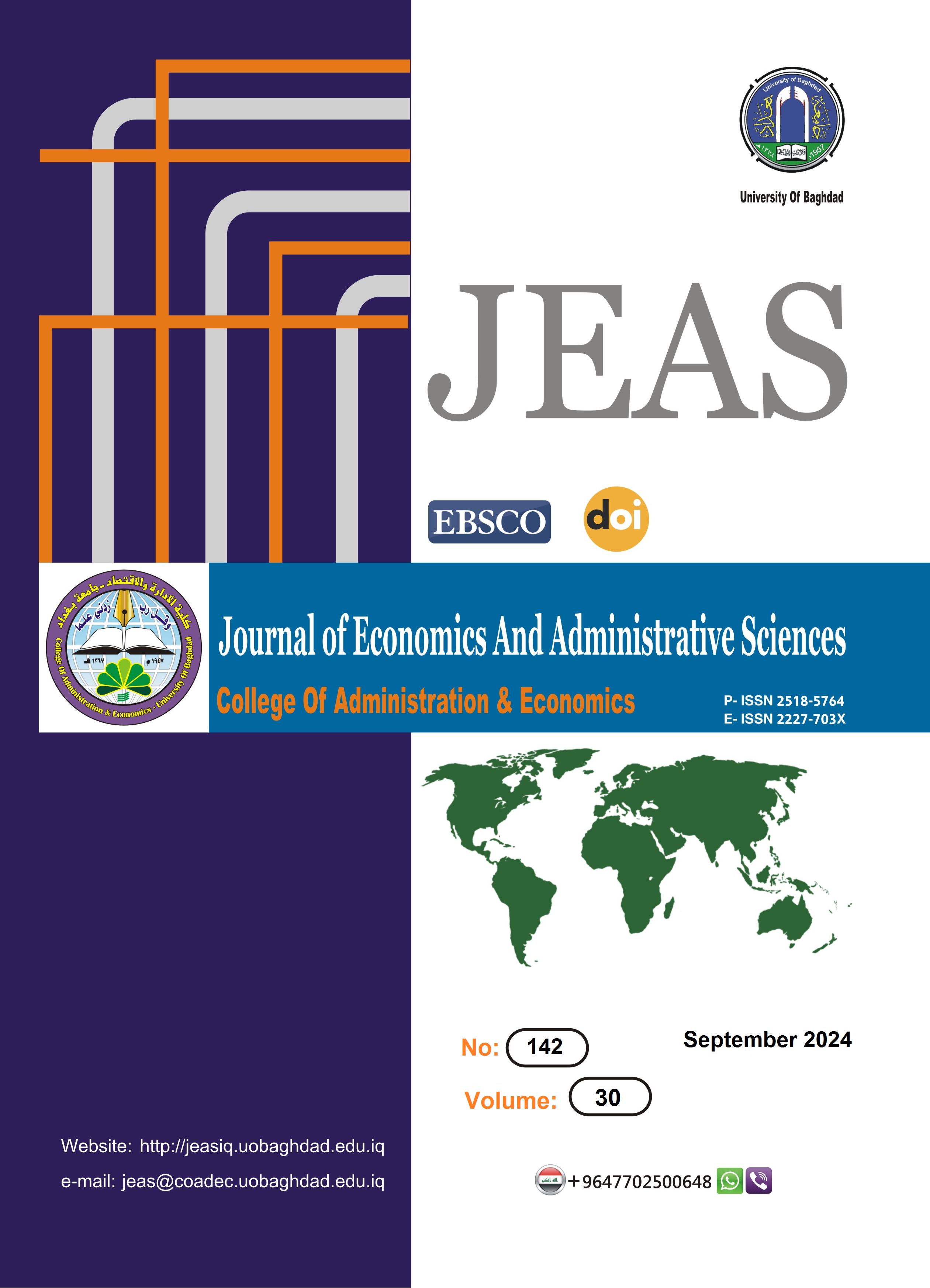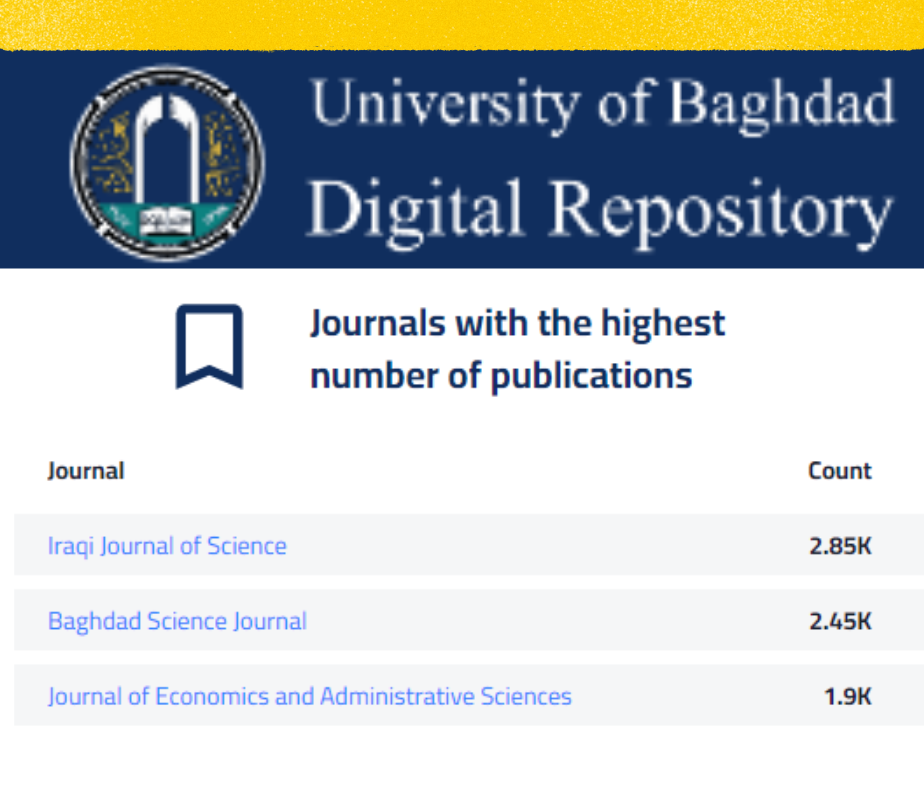The Impact of Digital Transformation on Office Management Efficiency
DOI:
https://doi.org/10.33095/fqfn7h48Keywords:
Digital Transformation, Office Management, Efficiency.Abstract
Purpose: The study examines digitalization literature on office administration efficiency in firms from management, marketing, finance, and accounting in Jordan Companies.
Theoretical framework: The questionnaire regularly compliments Digital Transformation (DT) on Office Management Efficiency (OME) contributions. Participants say digitalization improves job effectiveness, validating the findings. The concepts were supported by multiple questions.
Design/methodology/approach: We focused our analysis on 34 research papers related to DT and OME for the period from 2017 to 2024. Based on bibliometric analysis, this paper highlights the prevailing trend of current study in the field of DT and OME, by providing a detailed bibliometric analysis of the research trend and development for the last eight years, due to the increasing reliance on DT, including investigating the countries, journals and keywords of the research.
Findings: Statistical data and participant answers reveal that DT improves OME across disciplines. Results show digitization's advantages and how digital tools, and technology have enhanced production.
Research, Practical & Social implications: DT may boost organizational efficiency. A key benefit of DT for office administration is automation. Automation may save workers time and allow them to focus on important duties. Technology like robotic process automation may reduce human labor and boost production. Digital technology can streamline processes, automate tasks, increase communication, and boost performance using data analytics. Businesses must prioritize DT to compete and grow sustainably in the digital age.
Originality/value: Manage documents, communicate, schedule, and delegate tasks. Digital platforms help office managers streamline, collaborate, and accomplish tasks on time. Finaly, this study provides evidence of the lack of interest in the impact of DT on office management. Finally, the data analysis identifies several potential research issues to be investigated in relation to this relationship, which serve as an area for future research.
Downloads
Published
Issue
Section
License
Copyright (c) 2024 Journal of Economics and Administrative Sciences

This work is licensed under a Creative Commons Attribution-NonCommercial-NoDerivatives 4.0 International License.
Articles submitted to the journal should not have been published before in their current or substantially similar form or be under consideration for publication with another journal. Please see JEAS originality guidelines for details. Use this in conjunction with the points below about references, before submission i.e. always attribute clearly using either indented text or quote marks as well as making use of the preferred Harvard style of formatting. Authors submitting articles for publication warrant that the work is not an infringement of any existing copyright and will indemnify the publisher against any breach of such warranty. For ease of dissemination and to ensure proper policing of use, papers and contributions become the legal copyright of the publisher unless otherwise agreed.
The editor may make use of Turnitin software for checking the originality of submissions received.













 How to use the OJS system
How to use the OJS system 










